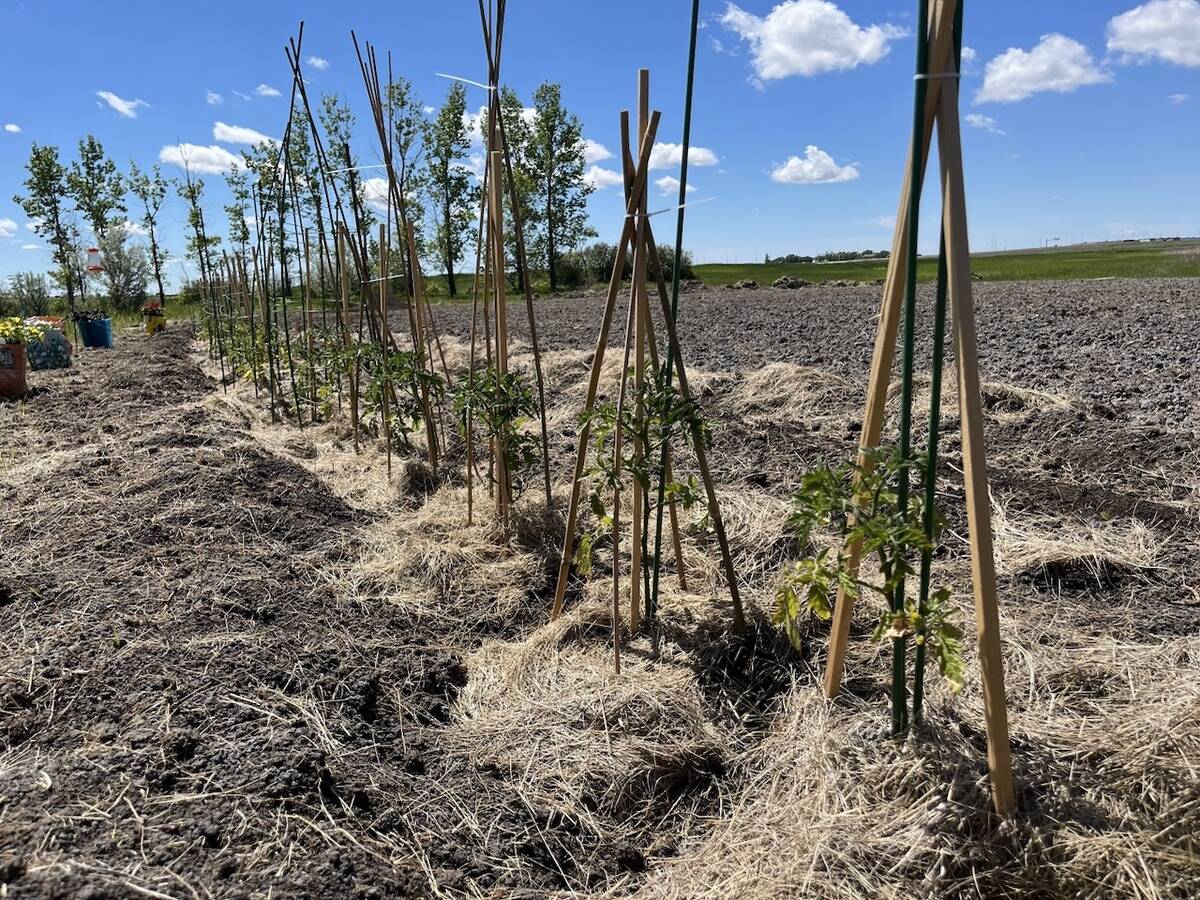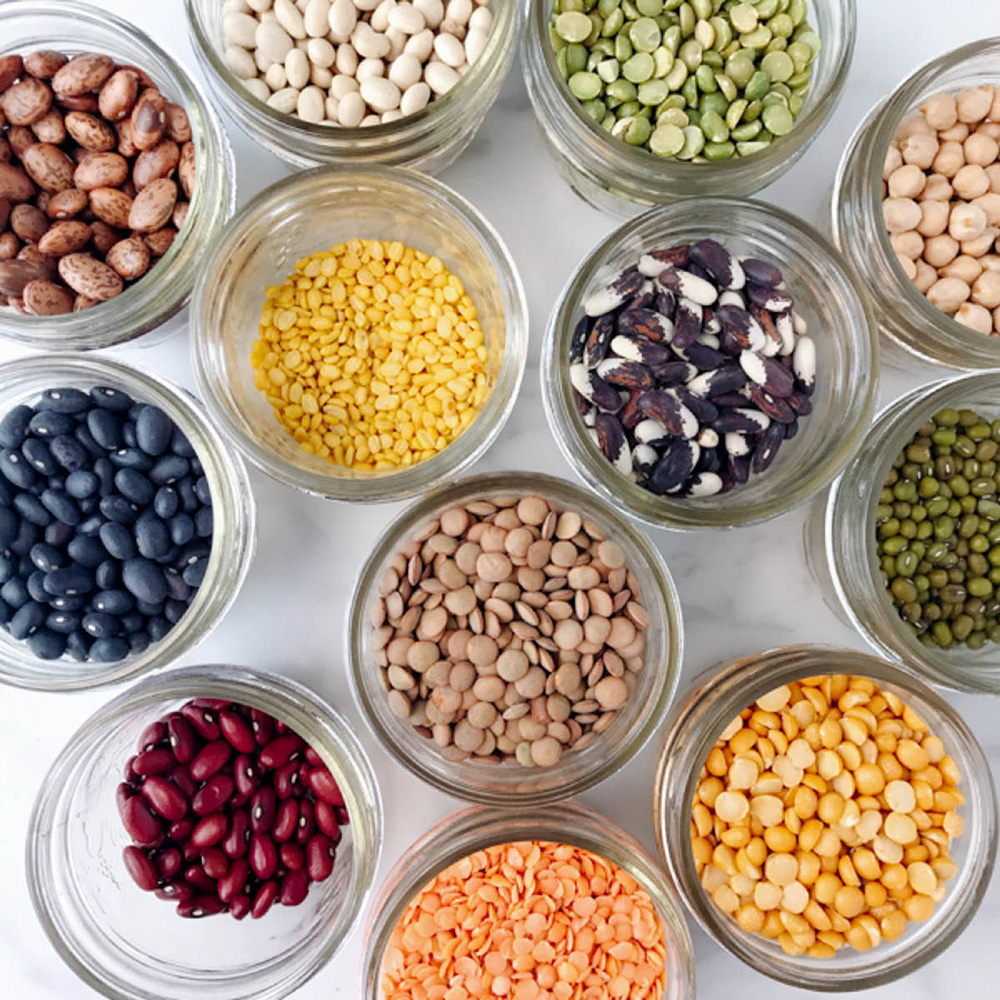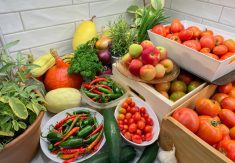Pulses are among the hidden treasures of the Prairies. Packed with protein, fibre and a wealth of health benefits, pulses like lentils, chickpeas, dry peas and dry beans are waiting to be discovered.
Pulse versus legume
The words pulse and legume are not interchangeable. Legume is the broad term for plants from the Fabaceae family. Pulses are dried, edible seeds that come from these plants.
Read Also

Seeding Indigenous agricultural prosperity
National Circle for Indigenous Agriculture and Food says Indigenous agricultural success needs strong relationships.
That definition discounts some legumes, like fresh garden peas or beans. Others, like soybeans and peanuts, are also separate, “because they have a much higher fat content, whereas pulses contain virtually none,” Pulse Canada’s website notes.
For home cooks, all that really matters is that pulses are delicious, nutritious, affordable and grown here on the Prairies.
Canada is one of the world’s biggest pulse producers. Saskatchewan grows the most chickpeas, peas and lentils nationwide, while Manitoba is the largest producer of dry beans.
Very little of that actually makes it onto Canadian plates. Canada is the biggest pulse exporter in the world. Over 80 per cent of what is grown domestically is shipped elsewhere, including 74 per cent of field peas and 81 per cent of lentils.
Pulse power
Pulses are dynamos of nutrition, offering an exceptional blend of protein, healthy carbohydrates and fats. They’re also filled with fibre, folate, iron, potassium and magnesium.
Various research suggests that including pulses in our diets can support digestion, manage weight, lower cholesterol, regulate blood sugar, promote heart health and, as a consequence of some of those benefits, may even reduce cancer risk.
Adding pulses to the menu
Pulses are versatile and offer many possibilities beyond the typical chili or split-pea soup. Consider using them in dips, pasta dishes, salads, casseroles, creative soups, stews, burgers, smoothies and even baking.
Enjoy them whole, split, mashed or even ground into flour. Use them as the star of the show or combine them with meat for added texture and flavour.
Both canned and dried pulses are an affordable way to add more nutrient density to meals. For canned pulses, simply rinse, drain and use. When using dried pulses, most benefit from pre-soaking for a softer texture, fewer split skins, easier digestion and shorter cooking time. Smaller pulses like lentils, mung beans and split peas do not need soaking.
Follow these steps to properly prepare larger dried pulses:Rinse and discard broken pulses and any debris.
Add pulses and fresh water to a large bowl that will accommodate them when they swell two to three times their size. Use a ratio of three cups of water to one cup dry pulses.
Soak for 10 hours or overnight.
After soaking, drain and rinse. Add to large pot using a ratio of three cups water to one cup pulses. Simmer for 60-90 minutes, or pressure cook for 20-30 minutes, according to your pressure cooker.
Add herbs, spices and aromatics to the cooking liquid for added flavour, but wait to salt your pulses until after cooking for optimal tenderness.
Store cooked pulses in the fridge for three to five days, or freeze in convenient portion sizes for up to a year.
Next time you’re planning meals, consider where you can add these Prairie-grown gems. With their versatility, affordability and health benefits, pulses deserve a prominent place on the table.
For starters, try out these three recipes below!
Black bean brownies
A great snack for taking to the field. No one will know there’s extra fibre and protein in this chocolatey treat. Makes: 12-18 brownies.
Ingredients
- 1⁄4 cup unsalted butter, melted
- 2 ounces semi-sweet baking chocolate, melted
- 2 eggs
- 2 tsp vanilla
- 1 19-ounce can black beans, drained, rinsed and dried
- 3/4 cup brown sugar
- 1/3 cup flour
- 1/3 cup cocoa powder
- 1⁄2 tsp salt
- 1⁄2 tsp baking soda
- 2 tsp instant coffee powder
- 2/3 cup chocolate chips
Directions
Preheat oven to 350F (175C). Grease 8”x8” (20cm x 20cm) or 9”x9” (22cm x 22cm) pan.
After draining the black beans, spread them in one layer to help dry them.
In blender, mix beans, eggs, vanilla, melted butter and melted chocolate. Blend until smooth.
In large bowl, stir together flour, sugar, cocoa powder, salt, baking soda and coffee powder.
Pour bean mixture into bowl with flour mixture and fold together. Add chocolate chips and stir until combined.
Pour into prepared pan and smooth the top.
Bake for 20-25 minutes until toothpick inserted in centre comes out with only a few crumbs attached.
Source: Manitoba Pulse & Soybean Growers (as seen on Great Tastes of Manitoba)
White bean tomato stew
Loaded with flavourful ingredients, this vegetarian stew is sure to become a family favourite. Makes: six to eight servings.
Ingredients
- 2 tbsp canola oil
- 1 medium onion, diced
- 6 cloves garlic, minced
- 1 tbsp ginger, minced
- 1 pound potatoes (about 3-4 medium), cut into 1/2′′ pieces
- 2 carrots, chopped
- 1 19-ounce can white beans, rinsed and drained
- 1 28-ounce can crushed tomatoes
- 2 tbsp tomato paste
- 1⁄2 cup peanut butter
- 1 tsp cumin
- 1 tsp coriander
- 1 tsp salt
- 1⁄4 tsp cayenne powder
- 1⁄2 tsp ground pepper
- 1 1⁄2 tsp dried thyme
- 4 cups water or stock 2 cups spinach
Directions
In large pot or Dutch oven, heat oil over medium heat. Add onion, garlic and ginger and sauté until onion is beginning to soften, about five minutes. Add tomato paste and spices and stir until well combined and fragrant. (If the spices stick to the bottom of the pot, add one to two tbsp of water). This should take about two minutes.
Pour in water/stock and add carrots, potatoes, beans, peanut butter and tomatoes. Bring to a simmer at medium- high heat. Lower heat so simmer is maintained. Continue cooking for 25-30 minutes, until potatoes are tender. Stir occasionally.
Salt to taste. Add spinach and stir until wilted.
Source: Manitoba Pulse & Soybean Growers (as seen on Great Tastes of Manitoba)
Chickpea or white bean hummus
A tasty dip or spread for wraps or sandwiches. Makes: about 1 3⁄4 cups.
Ingredients
- 1 19-ounce can chickpeas or white beans 2 tbsp lemon juice
- 1 tbsp olive oil, plus extra for garnish
- 2 tbsp tahini
- 2 cloves garlic
- 1/2 tsp cumin powder
- 1/2 tsp ground coriander powder
- 1/4 tsp salt
- 1/8 tsp black pepper or cayenne pepper
- 1 tsp paprika (optional garnish)
- 1/4 cup fresh cilantro/parsley, chopped (optional garnish)
Directions
Rinse and drain chickpeas or white beans well. Remove any loose skins.
Add pulses, lemon juice, oil, tahini, garlic, cumin, coriander, salt and pepper to food processor. Purée until smooth, stopping to scrape down sides several times.
Taste and adjust seasoning. Continue to process until mixture reaches a silky-smooth texture.
Add one to three tbsp of water to reach desired consistency and purée an extra minute to ensure smooth, creamy hummus.
Scrape into serving bowl. Smooth out and create a small crater in the center. Drizzle with a little extra oil if desired and garnish with a sprinkle of paprika and chopped greens.
Serve with veggies, crackers or soft pita bread wedges, or use as a spread on sandwiches.
Store extra in refrigerator for three to four days, or freeze for longer storage.
Source: gettystewart.com
















